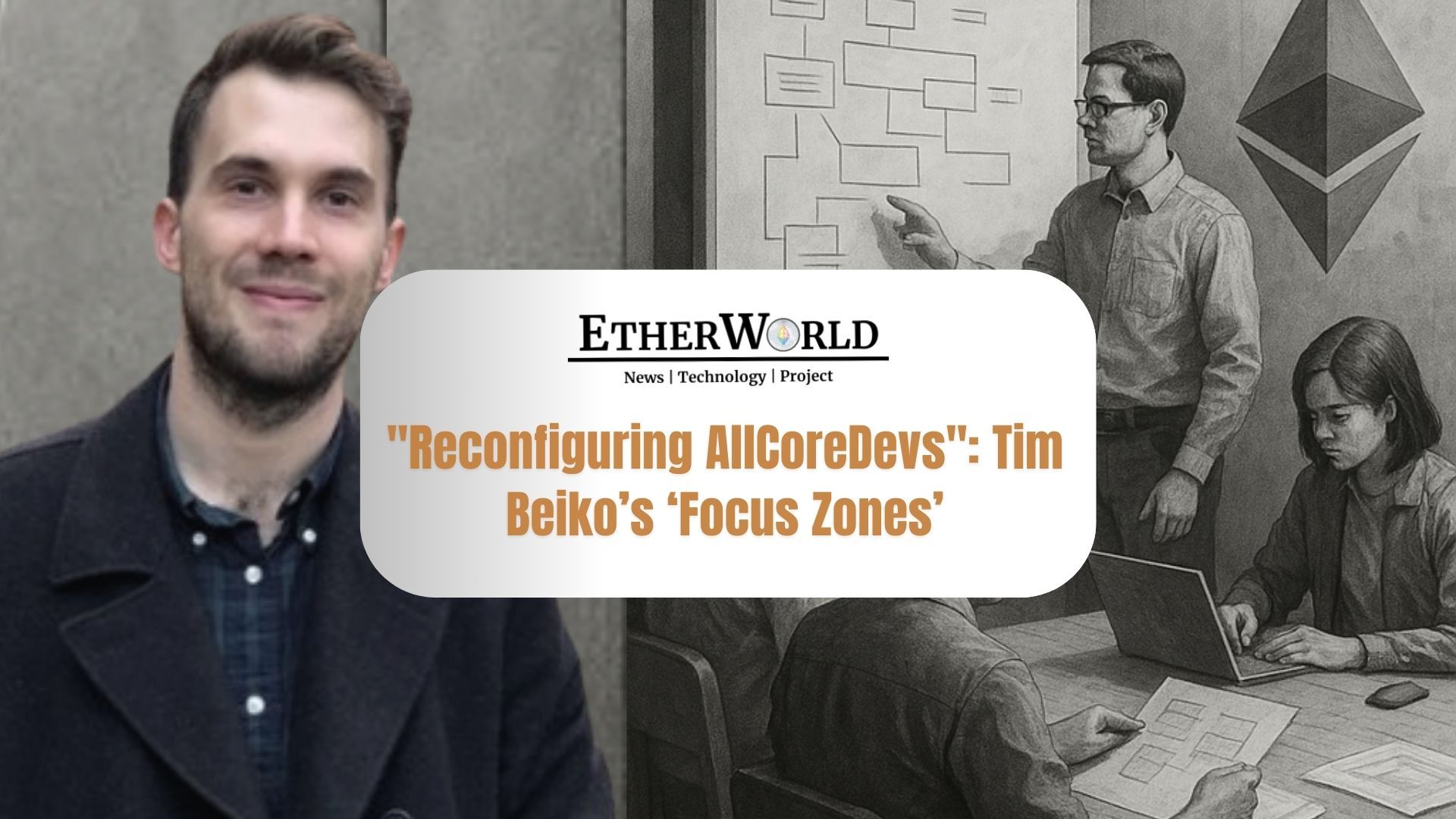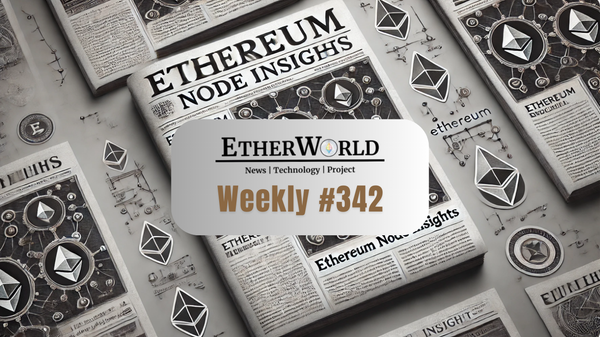You’ve probably been there: trying to fix a leaky sink while also sketching blueprints for a new bathroom. Both tasks suffer and you end up with a half-done renovation and a flooded floor.
Ethereum’s developers are stuck in a similar loop. While finalizing the current upgrade (Pectra), they’re already debating the next one (Fusaka). The result? Split focus, delayed timelines and a growing list of community requests that slip through the cracks.
A new proposal by Tim Beiko aims to fix this. The plan? Split Ethereum’s core developers into two teams: planners and builders. Let’s break down why this matters and how it could reshape how change the ongoing ACD calls.
The Problem: Upgrade Whiplash
Ethereum upgrades aren’t just code changes, they’re massive coordination efforts. Right now, the same group of core developers:
- Implements the current upgrade (e.g., Pectra’s wallet security fixes).
- Scopes the next upgrade (e.g., Fusaka’s focus on scaling data blobs).
- Fields requests from L2s, wallets, and apps.
This creates bottlenecks. Example: A critical bug in Pectra might stall planning for Fusaka or debates over Fusaka’s scope could delay Pectra’s rollout.
The Fix: Divide and Conquer
The proposal reimagines AllCoreDevs, Ethereum’s core developer meetings, into two tracks:
-
Planners (ACDE/ACDC Calls)
- Focus: What’s next? They’ll set the “headline goal” for the next upgrade (e.g., “Double blob capacity for L2s”).
- Process: Debate high-impact features, solicit community input, and finalize scope before coding starts.
- Priority: Security fixes (P0) > Headline features (P1) > Other EIPs (P2).
-
Builders (ACDT Testing Call)
- Focus: Ship the current upgrade. Once planners lock a scope, builders handle testing, bug fixes, and coordination.
- No more scope creep: If Pectra hits a snag, builders focus on solutions—not debating Fusaka’s specs.

Why a “Headline Goal” Matters
Without a North Star, upgrades risk becoming cluttered. Recent debates over Fusaka included 20+ EIP proposals, from tiny tweaks to major changes.
A headline goal acts like a project manifesto:
- Example: “Fusaka will prioritize L2 scalability via increased blobs. All other EIPs must align with or not hinder this”.
- Impact: Teams allocate resources better, and non-critical EIPs get deferred cleanly.
Community Input: No More Shouting Into the Void
Today, app developers and L2s often struggle to influence upgrades. The new process adds:
- Structured feedback: A template for non-devs to pitch needs (e.g., “We’re a DEX, high blob costs are killing us”).
- Regular check-ins: Explicit invites for key stakeholders (L2s, wallets) to join planner calls.
- Transparency: Clear timelines for when specs are final vs. open for debate.
Reconfiguring AllCoreDevs
— timbeiko.eth (@TimBeiko) April 3, 2025
To deliver on Ethereum's ambitious L1 roadmap, we should decouple planning and execution. To that end, I'm proposing we reorient ACD to focus on scoping future forks, and elevate our existing testing calls as the main venue for the current ones.
??
What Changes for Ethereum Users?
- Faster, safer upgrades: Builders aren’t distracted by planning debates.
- Features that solve real problems: Headline goals align with community pain points.
- Fewer delays: Scope decisions happen upfront, not mid-coding.
This isn’t a silver bullet. Challenges remain:
- Balancing flexibility: How to handle urgent, non-security EIPs mid-upgrade?
- Avoiding bureaucracy: Will templates and processes slow down grassroots innovation?
But the core idea, specializing roles to reduce chaos, is a step toward maturing Ethereum’s development as adoption grows.
Bottom line: Ethereum’s upgrades are too critical to handle haphazardly. By splitting planners and builders, tuning into the community’s voice, this proposal could turn upgrade chaos into a well-oiled machine.
If you have any thoughts or feedback that you would like to share, you can write to team@etherworld.co or @ether_world
Similar Posts
- Highlights of the First Protocol Research Call (PRC #1) Ever and It's History
- Highlights of Ethereum's All Core Devs Meeting (ACDE) #208
- Highlights of Ethereum's All Core Devs Meeting (ACDC) #153
- Highlights of Ethereum's All Core Devs Meeting (ACDE) #207
- Highlights of Ethereum's All Core Devs Meeting (ACDE) #206
- Highlights of Ethereum's All Core Devs Meeting (ACDE) #205
Disclaimer: The information contained in this website is for general informational purposes only. The content provided on this website, including articles, blog posts, opinions, and analysis related to blockchain technology and cryptocurrencies, is not intended as financial or investment advice. The website and its content should not be relied upon for making financial decisions. Read full disclaimer and privacy Policy.
For Press Releases, project updates and guest posts publishing with us, email to contact@etherworld.co.
Subscribe to EtherWorld YouTube channel for ELI5 content.
Share if you like the content. Donate at avarch.eth
You've something to share with the blockchain community, join us on Discord!








